Are you a pet owner looking to add your furry friend to your lease agreement? Adding a pet addendum can ensure both you and your landlord are on the same page about the responsibilities and expectations that come with having a pet in your home. This process not only provides clarity but also helps to maintain a harmonious living environment for everyone involved. Curious about how to get started? Read on to discover essential tips and templates that will simplify the pet addendum process.
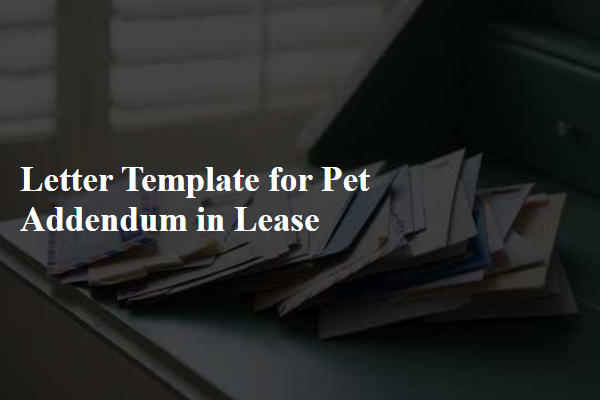
Tenant and pet information
Pet addendums in leases often require detailed information to ensure proper management of pets within rental properties. The document typically includes specific sections for tenant information, such as full name, contact information, and identification details, along with details about the pet, including breed, age, weight, and vaccination records. Additionally, any restrictions or requirements set by the landlord regarding pet behavior, noise, or cleanliness must be clearly outlined. This includes fees, such as non-refundable pet deposits or monthly pet rent, and guidelines for pet waste disposal within the premises. Including these essential details promotes a harmonious environment between tenants, pets, and landlords, ensuring compliance with property regulations.
Pet description and identification
The pet addendum in a lease should detail the specific characteristics and identification of the pet, ensuring clarity and understanding between the tenant and landlord. This document commonly includes vital information such as the pet's species (dog, cat, etc.), breed (German Shepherd, Siamese, etc.), color (black, white, tabby), size (weight in pounds, height in inches), and age (in years or months). Additionally, identification details may consist of the pet's name, microchip number, vaccination status, and any relevant tags or licenses obtained from local authorities. Including a recent photo of the pet can also enhance identification accuracy. It is vital that this addendum clarifies any associated pet fees or deposits, ensuring that both parties have a mutual understanding of their responsibilities regarding care and potential damages related to the pet.
Rules and responsibilities
A pet addendum in a lease agreement outlines specific rules and responsibilities for tenants who wish to have pets on the property. This addendum typically includes details such as pet breed restrictions (for example, no aggressive breeds like Pit Bulls or Rottweilers), size limitations (height and weight requirements), and a note on the maximum number of pets allowed per household, often capped at two. Tenants must adhere to leash laws when walking pets on property grounds and are responsible for cleaning up after them. Additionally, property owners may stipulate that pets must be vaccinated (up-to-date vaccinations such as rabies) and licensed (with proof of local licensing from the municipality) to prevent potential health hazards. Changes in behavior, such as excessive barking or destructive tendencies, may result in eviction procedures initiated by property management, ensuring all tenants maintain a peaceful living environment. Compliance with local pet ordinances, like those stated in city codes (e.g., noise ordinances), is also crucial. Finally, holding the tenant liable for any damages caused by the pet (like scratched floors or damaged landscaping) often results in additional security deposit requirements specifically earmarked for pet-related incidents.
Damages and liability
Including a pet addendum in a lease agreement typically addresses damages and liability related to pet ownership in rental properties. A well-defined pet policy can stipulate responsibilities such as cleaning up after pets and maintaining a pet-friendly environment. Potential damages from pets can encompass wear and tear on flooring or furnishings, as well as outdoor spaces like lawns and gardens, especially in pet-friendly communities. The addendum should specify that tenants are liable for any damages caused by their pets, outlining potential repair costs based on market estimates for pet-related damages. Additionally, it may include provisions for pet deposits or pet fees, which serve as financial protection for landlords against unforeseen damages or inconveniences associated with pet ownership. Properly signed agreements ensure clarity on obligations, enabling peaceful cohabitation between pet owners and non-pet owners in shared living spaces.
Termination conditions
Pet addendums in leases outline specific conditions regarding the presence of pets within rental properties. Common termination conditions typically include violations of pet policies, such as excessive noise or damage caused by pets, non-compliance with breed restrictions, or lack of proper vaccination documentation. Property managers might stipulate a 30-day notice period for pet-related lease termination and require tenants to rectify any issues before vacating. Failure to adhere to these conditions can result in lease termination and potential legal repercussions for owners. Ensuring clear communication about these stipulations helps foster a responsible pet ownership environment within rental units.

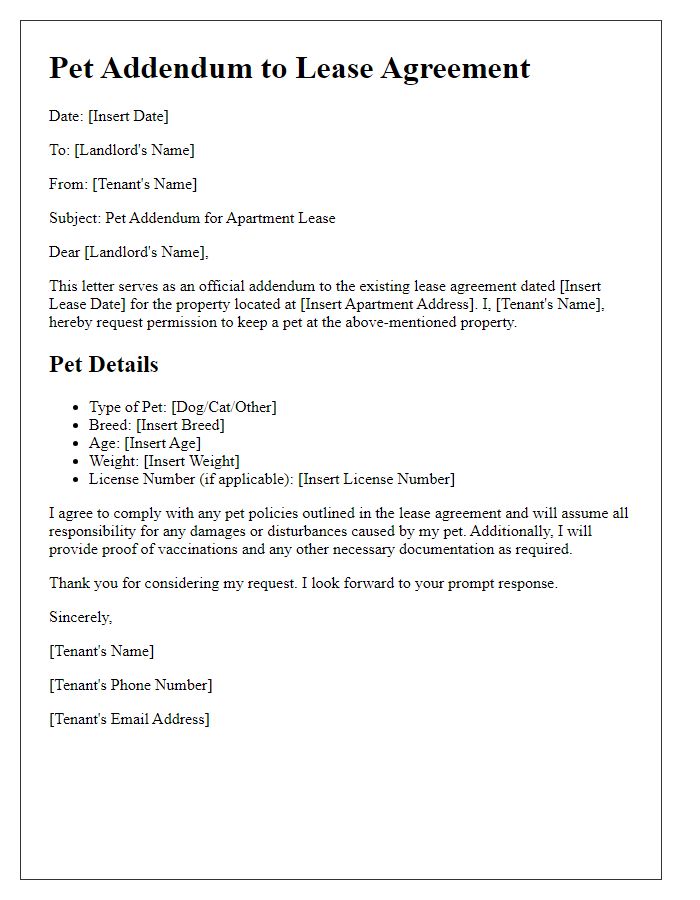
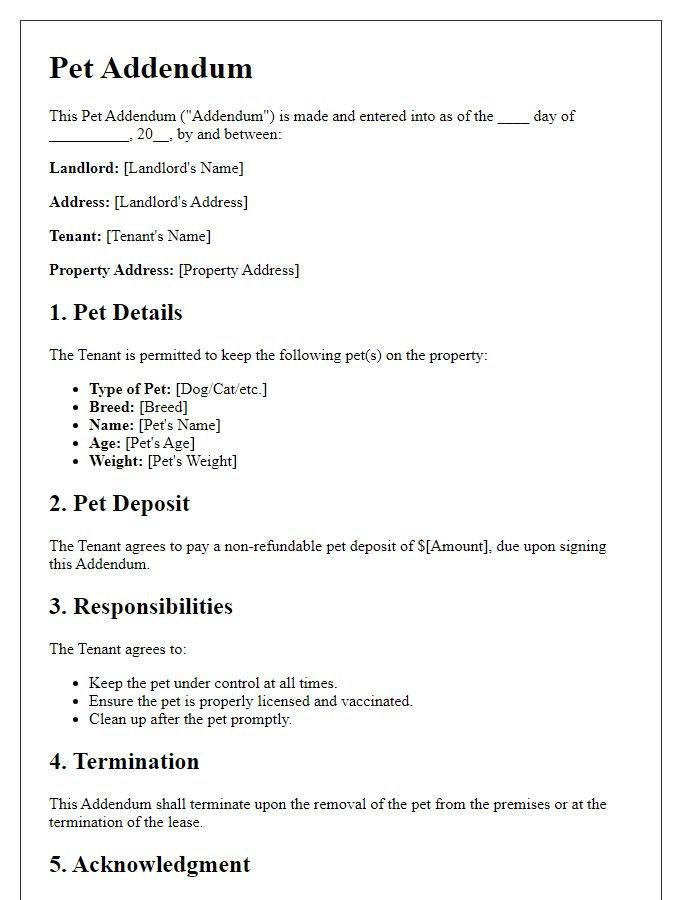
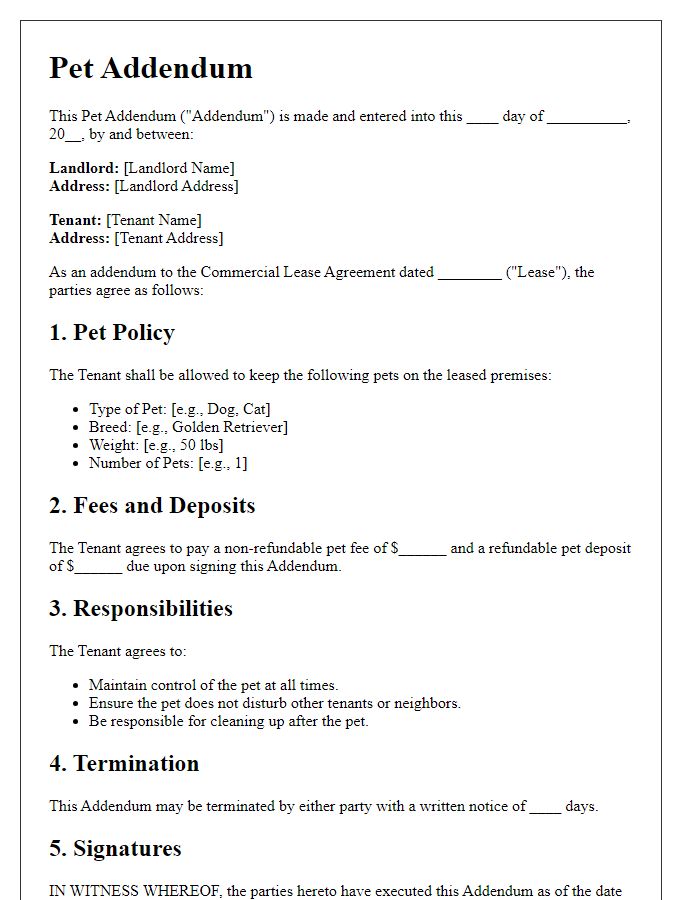
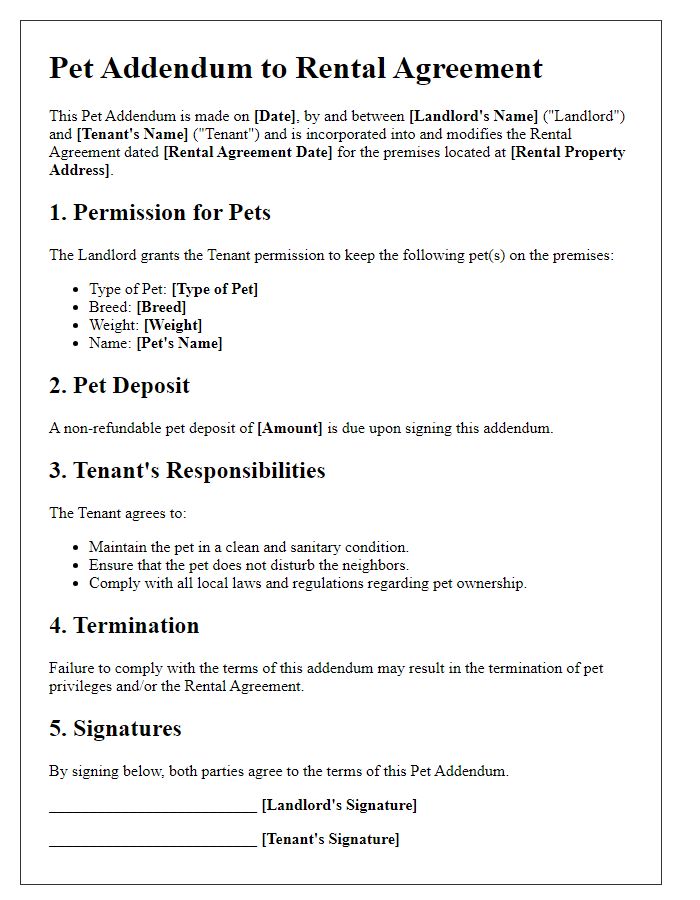
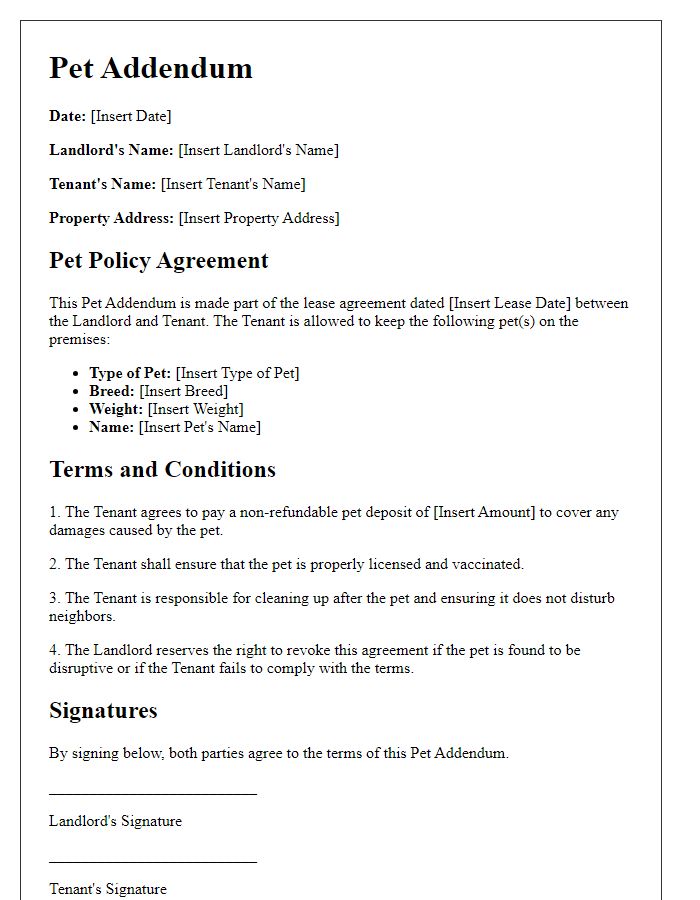
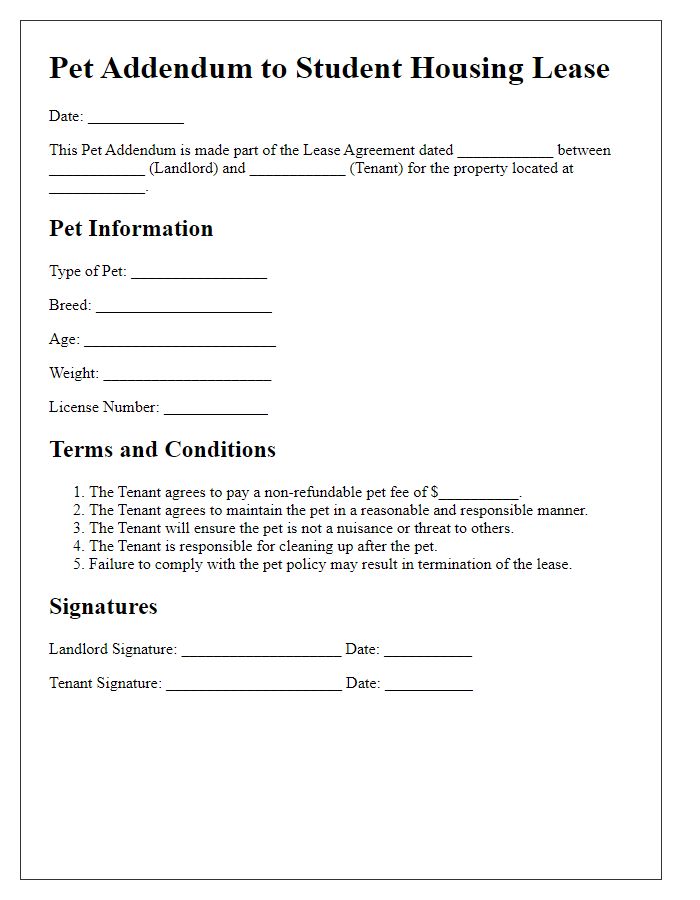
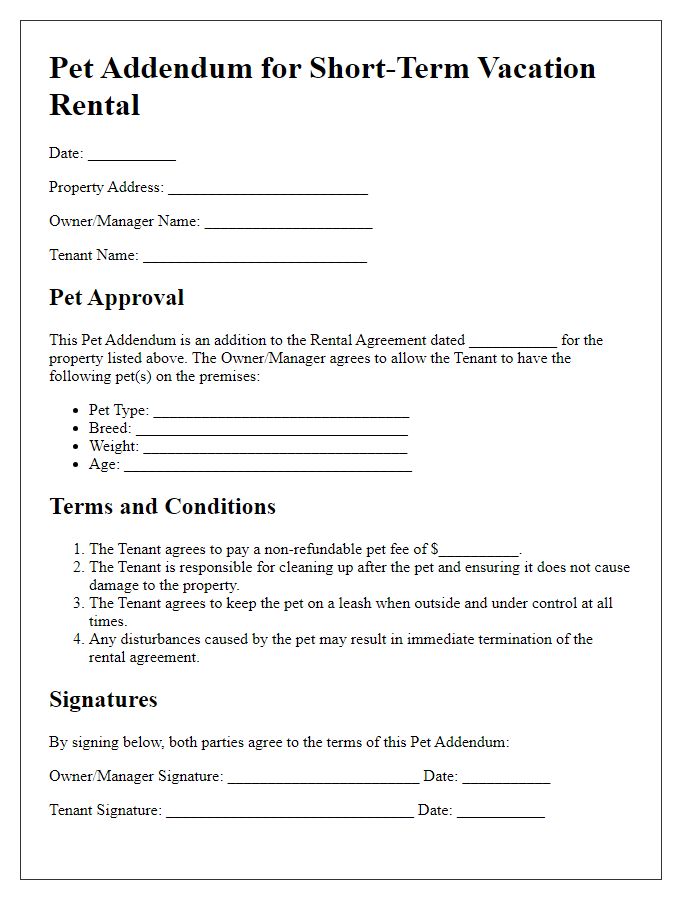
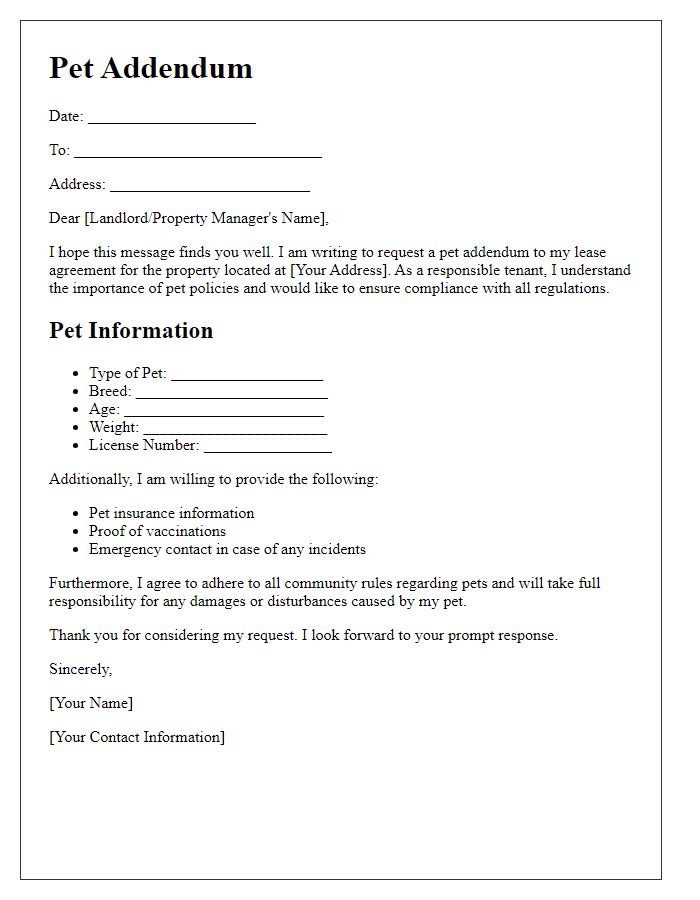
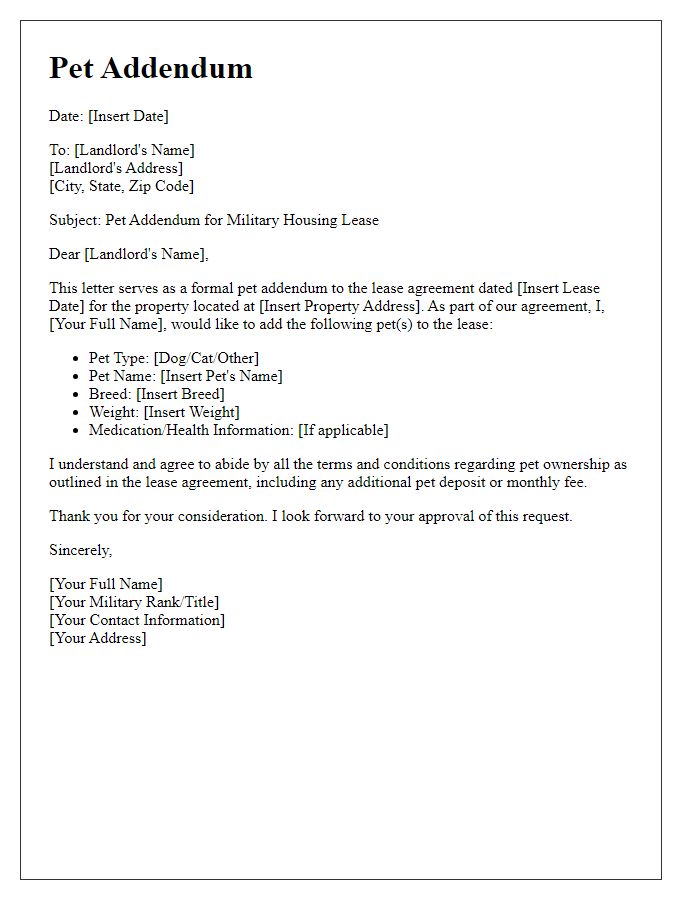
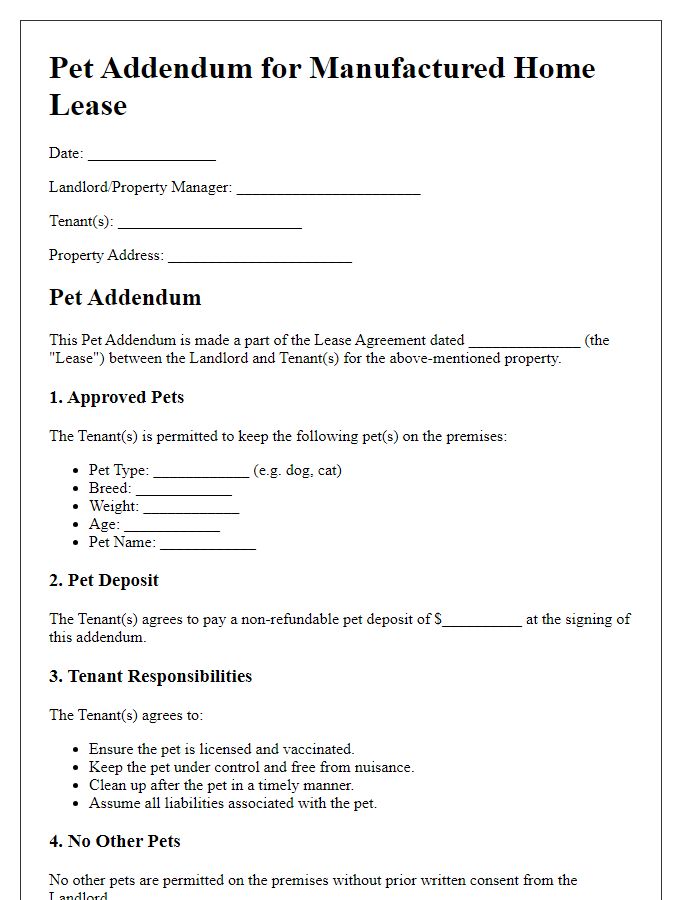

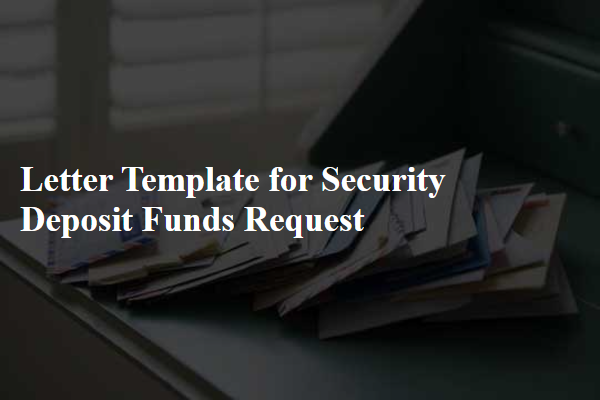
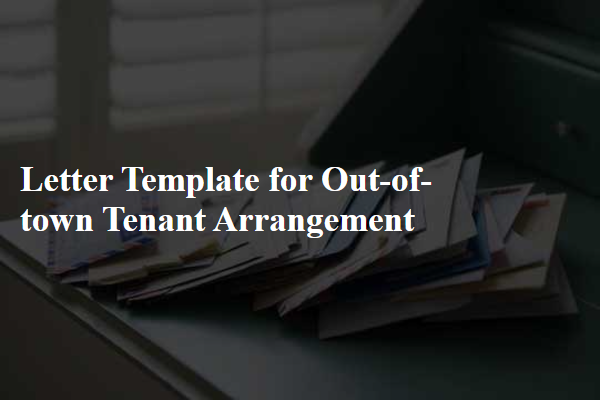
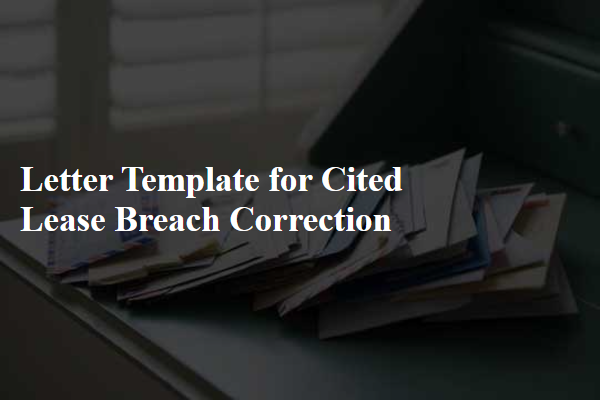

Comments